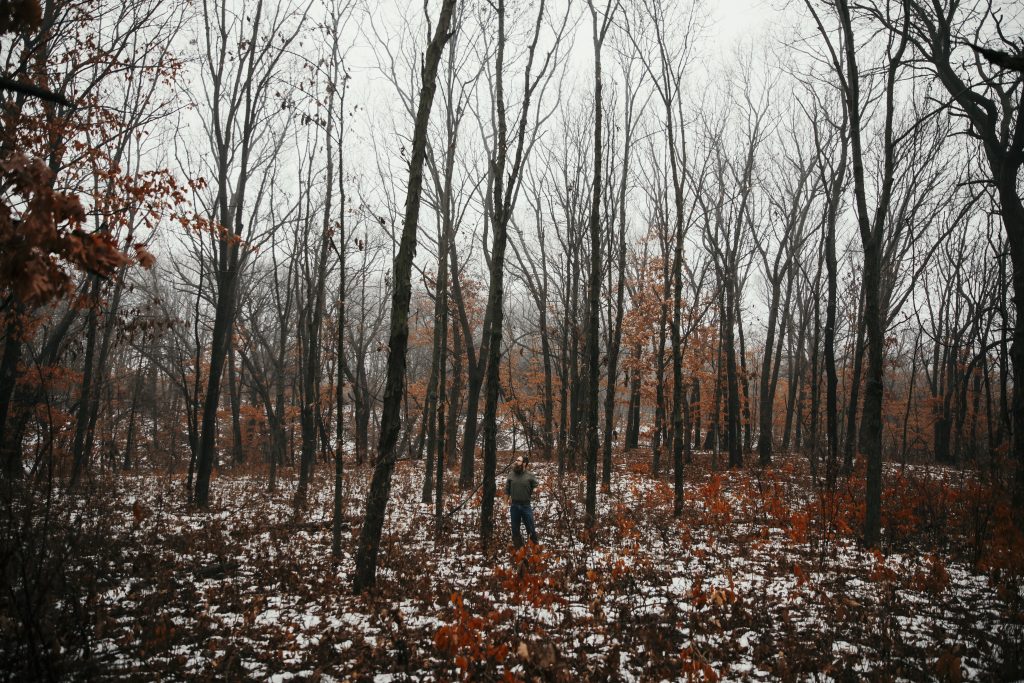
“It’s like weeding your garden,” Billy Beck said. “But instead of throwing the weeds into the yard, you are chopping them up and using them to clean water.”
Think of a garden, but bigger. By working together, the Department of Agricultural and Biosystems Engineering and the Department of Natural Resource Ecology and Management are studying the process behind weeding out certain species of trees in forests to help other trees grow, and using those weeded-out trees for water quality practices. The underutilized trees will be chopped into woodchips, a common media for water quality improvements.


Those woodchips move from the forest to farmlands around the Midwest in the form of bioreactors, a woodchip-filled trench that filters nitrate from field drainage, keeping water clean.
The project is funded by the United States Department of Agriculture (USDA) and is being investigated by ABE professor Michelle Soupir, water quality engineer Ji Yeow Law, engineer Andy Craig and Billy Beck, an assistant professor in the Department of Natural Resource Ecology and Management.
The team has three overarching goals for this project: better accessibility, knowledgeable selection, and connecting communities.
Accessibility – where are trees found?
The woodchips may not have to travel far from the forest to the bioreactor. The team is trying to spread awareness on woodchip bioreactors to farmers around the Midwest because typically, farmers have wooded areas already on their land that need forest management, they just aren’t aware of how to incorporate their forests into their practice.
Right now, there are limited woodchip providers around Iowa. By educating farmers on their own resources that they already have, that number can exponentially increase and woodchip bioreactors can become more accessible and affordable to use.



Selection – which tree species work best for bioreactors?
The team is working on narrowing down exactly which species of trees are best for woodchip bioreactors. That decision takes into consideration which trees are being weeded, and that wood’s ability to remove nitrate in action. Right now, hackberry, hickory and green ash are the primary species in mind, as they are already removed as part of sustainable forest management practices.
“Weeding” those trees will not only provide woodchips, but will also help give more resources, like sunlight, to other species that need to grow.
Network – connect the forestry and ag communities to have better access to woodchips
The team is creating an online database, so farmers and foresters can work together to communicate, and exchange woodchips locally.
“If someone wants to build a bioreactor in Story County, they can look up the right person that can provide woodchips in Story County, sourcing the wood locally and saving costs from transferring them,” Law said.
“We are hoping to connect forestry and agricultural communities so they can get a reliable source of efficient and effective carbon media for bioreactors while educating farmers on how to manage their own woodland systems to add value to their farms,” Beck said.

The team is installing at least 20 woodchip bioreactors through the grants, using the information they are collecting for the project. They will also conduct field days and outreach initiatives to spread the word about woodchip use from forests around the Midwest.
